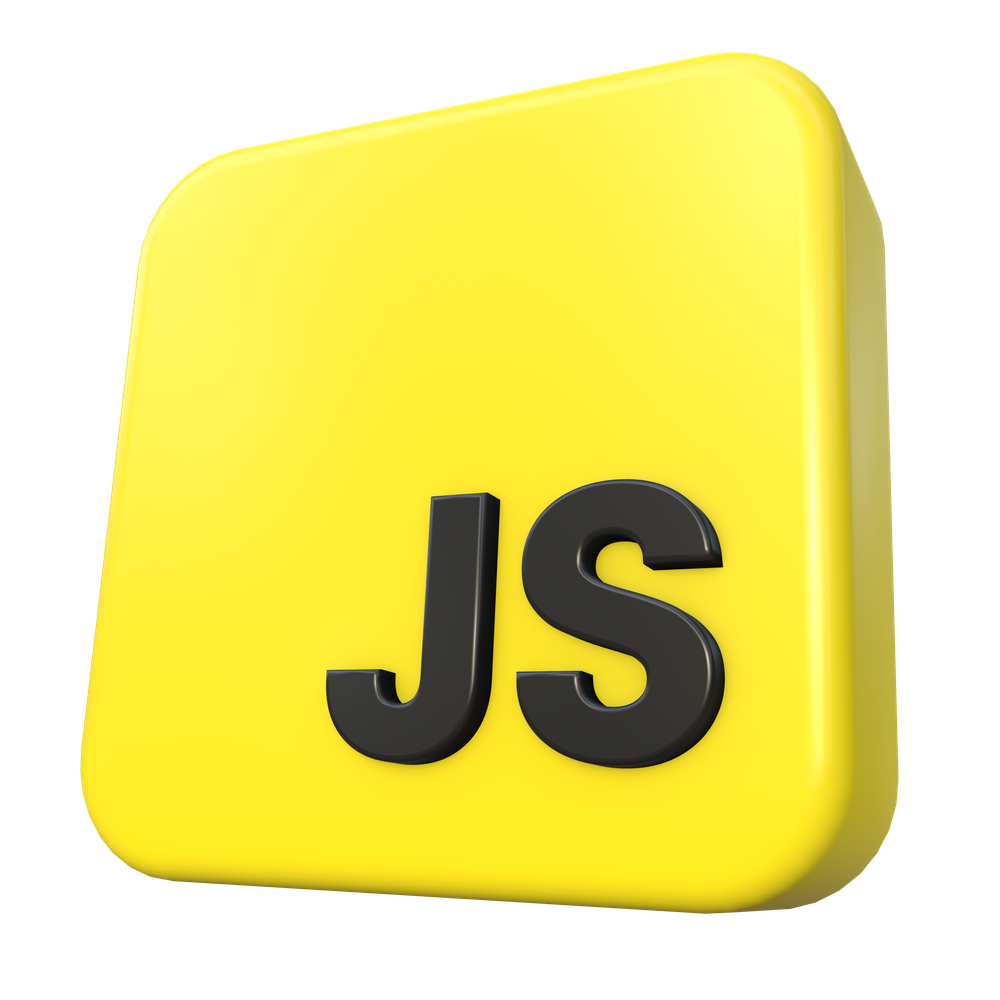Client-side scripting is a type of scripting that is executed on the user's browser, rather than on the web server. This means that the code is downloaded to the user's computer and then executed there. Client-side scripting is often used to add interactivity to web pages, such as validation of form input, dynamic content, and animations.
Popular Client-Side Scripting Languages
There are a number of popular client-side scripting languages, including:
- JavaScript
- VBScript
- HTML
- CSS
- AJAX
JavaScript is the most popular client-side scripting language. It is a lightweight, interpreted language that is supported by all major web browsers. JavaScript can be used to do a variety of things, including:
- Add interactivity to web pages
- Validate form input
- Create dynamic content
- Animate elements on a web page
VBScript is a client-side scripting language that is based on Visual Basic. It is not as popular as JavaScript, but it is still supported by some web browsers. VBScript can be used to do many of the same things that JavaScript can do, but it is not as widely supported.
HTML is not technically a scripting language, but it is often used in conjunction with client-side scripting languages. HTML is used to define the structure of a web page, and it can also be used to embed client-side scripts.
CSS is a style sheet language that is used to control the appearance of web pages. CSS can be used to change the font, color, size, and layout of elements on a web page.
AJAX is a set of techniques that allow Web pages to interact with the server without having to reload the entire page. AJAX can be used to do things like update the content of a web page without having to refresh the page, or to make requests to the server in the background.
Benefits of Client-Side Scripting
There are a number of benefits to using client-side scripting, including:
- Improved performance : Client-side scripting can improve the performance of web pages by reducing the amount of data that needs to be transferred between the server and the client.
- Increased interactivity : Client-side scripting can be used to add interactivity to web pages, making them more engaging for users.
- Enhanced user experience : Client-side scripting can be used to improve the user experience of web pages by providing features such as dynamic content and animations.
JavaScript Frameworks and Libraries
For large web apps, JavaScript frameworks like React, Angular, and Vue.js extend the core language:
- Provide structure for complex single page apps
- Manage state and UI updates
- Simplify DOM manipulation
- Reusable UI components
- Testing utilities
- Accessibility features
Course Outcomes
- Create interactive web pages using program flow control structure : Use programming constructs like if/else statements and loops in JavaScript to add interactivity to web pages. This allows dynamically updating content and UI based on user input.
- Implement Arrays and functions in JavaScript : Arrays organize data into indexed collections. Functions encapsulate reusable code blocks for modular JavaScript. Together they enable managing data and abstracting complexity.
- Create event based web forms using JavaScript : Attach JavaScript event handlers like submit and click to form inputs. Execute code to validate and process form data on user actions.
- Use JavaScript for handling cookies : Cookies are data stored in the browser and sent with requests. JavaScript can create, read, and modify cookies to store things like user preferences.
- Create interactive webpage using regular expressions for validations : Regular expressions enable powerful pattern matching of input strings. Use them in JavaScript for validation and sanitization on the client-side.
- Create Menus and navigations in web Pages : Dynamically modify the DOM to update menus and navigational UI. Change styling and add/remove elements to create smooth navigation experiences.
Conclusion
Client-side scripting is a powerful tool that can be used to add interactivity, enhance user experience, and improve the performance of web pages. If you are looking to develop dynamic and interactive web pages, then you should consider learning a client-side scripting language.
With JavaScript and modern web APIs, you can create fast, fluid web experiences. The sky's the limit!
